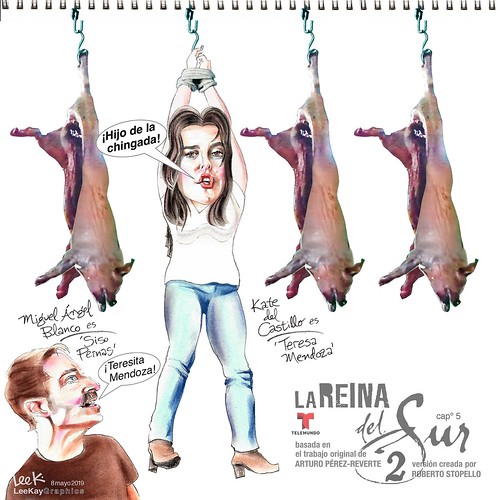Act 15 . Powerful et al 16 highlight that misunderstandings of chronic illnesses such as stroke have contributed to their global neglect. The majority of stroke patients discharged in the Ruhengeri Hospital reside in Musanze district. The period following discharge from hospital or from inpatient rehabilitation is definitely the most challenging for virtually all stroke patients11. This could possibly be related using a discharge without precise assessment on the domestic environment, and also the establishment of networks to meet FIIN-2 custom synthesis essential requirements like individual care and household modifications. To the researcher’s information, no study has been carried out on the challenges seasoned by stroke individuals living in Musanze district in Rwanda. The lack of information and facts around the stroke patients’ experiences could be a barrier for planning the suitable services for them. This would inevitably lead to a rise in suffering, poor coordination and inefficient use of health services, and place the population in the mercy of therapy and prevention strategies with mainly regional andor worldwide industrial interests and with poor outcomes for the patients17.MethodsSetting The study was carried out in Musanze district, in the Northern province of Rwanda. The Musanze District is definitely an location which can be mostly rural, and where a minimum of 91 with the population is engaged in agriculture18. Musanze district includes a total population of over 380,000 obtaining the highest density inside the country, 7 that may be 70 persons per19 km2. Most households (about 65 ) reside under the poverty line20. Moreover, quite a few families happen to be destroyed by the 1994 genocide as well as the repetitive 1997-1998 wars in the region, leaving survivors with disabilities, widows and orphans. Musanze will be the most mountainous district in Rwanda 21, and for that reason has tricky geographical access and transport. In Musanze district, you will discover neither outreach nor community-based rehabilitation solutions that are supplied to stroke patients and these sufferers get institution-based rehabilitation solutions only as inpatients or outpatients.Style A qualitative phenomenological strategy was utilised to gather information and facts with regards to the challenges skilled by stroke sufferers living in Musanze District. Sample, inclusion and exclusion criteria A sample of 10 individuals with stroke living in Musanze district was purposively chosen. Qualities that were viewed as for the purposively selection have been the age, gender, chronicity of stroke, and independent walking. These characteristics had been located to become substantially associated to constructive or damaging adjustment and development of self-concept post-stroke22, and would contribute to a richer variation with the phenomena beneath study23. The chronicity of stroke was calculated as the distinction in between PubMed ID:http://www.ncbi.nlm.nih.gov/pubmed/21324718 the date of information collection plus the date of stroke onset. Sufferers who still needed help at the very least for one activity were incorporated. Alternatively, it was necessary to recruit subjects who had been able to articulate their experiences and feelings,  and accordingly exclude men and women with communication or cognition challenges. To get respondents with experiences connected to stroke, men and women who had suffered other key illnesses immediately after the initial stroke were excluded (by way of example head injury, osteoarthritis and rheumatoid arthritis). Process for information collection The study commenced immediately after permission was obtained in the needed authorities. Interviews were performed with the 10 participants in their very own h.
and accordingly exclude men and women with communication or cognition challenges. To get respondents with experiences connected to stroke, men and women who had suffered other key illnesses immediately after the initial stroke were excluded (by way of example head injury, osteoarthritis and rheumatoid arthritis). Process for information collection The study commenced immediately after permission was obtained in the needed authorities. Interviews were performed with the 10 participants in their very own h.
